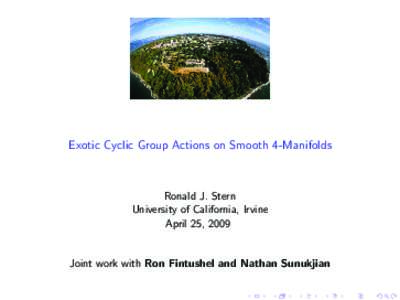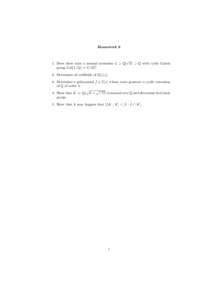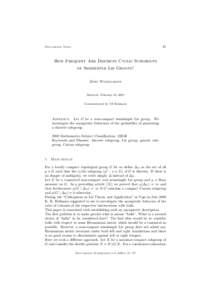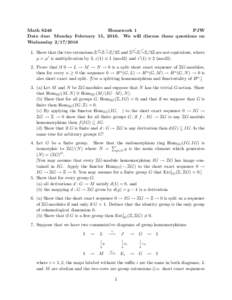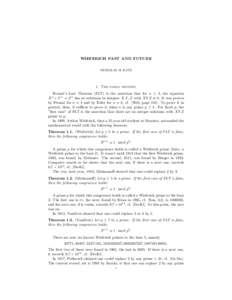<--- Back to Details
| First Page | Document Content | |
|---|---|---|
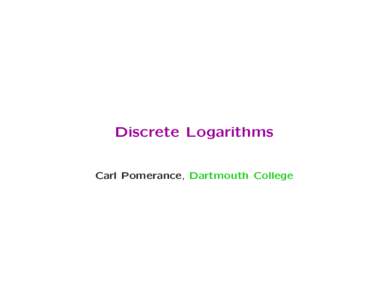 Date: 2009-11-19 13:20:06Modular arithmetic Discrete logarithm Cyclic group Multiplicative order Quadratic residue Okamoto–Uchiyama cryptosystem Abstract algebra Mathematics Algebra |
Add to Reading List |
 Discrete Logarithms Carl Pomerance, Dartmouth College
Discrete Logarithms Carl Pomerance, Dartmouth College